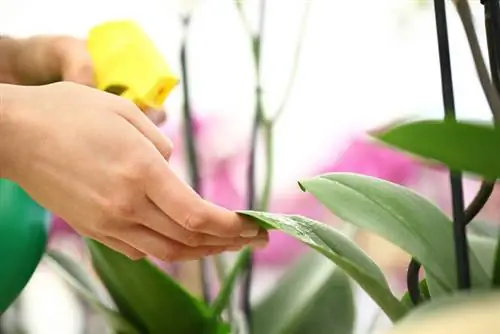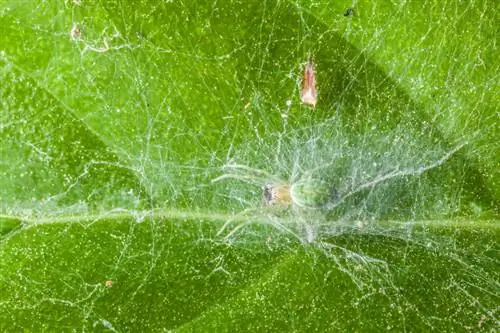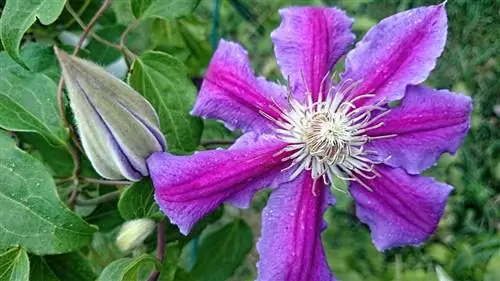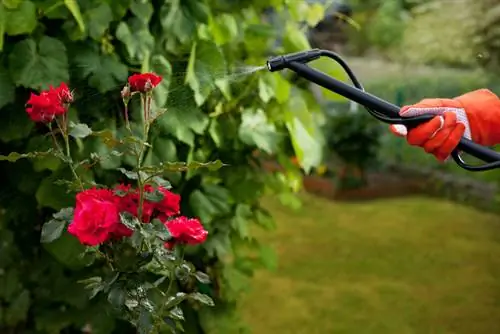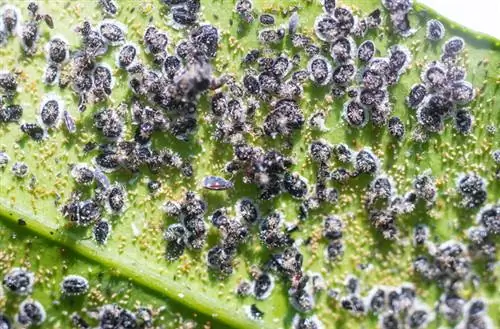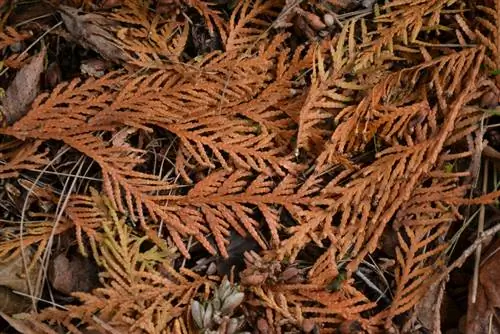- Author admin [email protected].
- Public 2023-12-16 16:46.
- Last modified 2025-01-23 11:21.
Even with the best care, it can happen that your orchid is attacked by pests. These could be the tiny thrips, for example. Then it is important to react quickly to prevent greater damage.
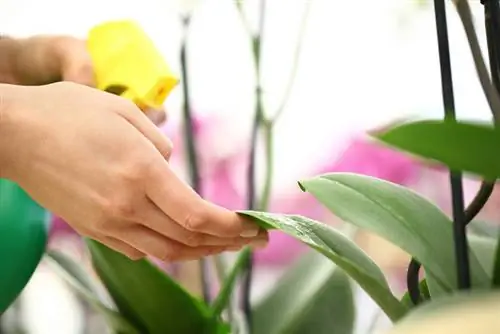
How can you control and prevent thrips on orchids?
To effectively combat thrips on orchids, isolate the affected plant and remove the pests by wiping with dish soap or showering. Higher humidity can prevent infestation. Beneficial insects such as predatory mites and lacewings can also be used.
How do I recognize thrips?
Thrips show a similar damage pattern to spider mites, namely silvery dots on the leaves. However, the web of mites is missing. The flowers are rarely affected by these pests. Look at the underside of your orchid's leaves, that's where the thrips like to sit.
What can I do against thrips?
Once you have identified the tiny pests, you should take action. First, quarantine the affected plant so that the thrips cannot go to other plants. If only a few leaves are affected, wipe them thoroughly with a detergent solution. Since the next generation of thrips may already be growing, you should repeat the treatment a few times at regular intervals.
If there is a severe infestation of thrips, showering the orchid makes sense and is easier to do. First pack the pot in a plastic bag so that the rinsed pests cannot fall into the pot or onto the substrate, otherwise a new infestation is inevitable.
If several orchids may be infected or the infestation occurs again and again, then think about using beneficial insects. Thrips also have natural predators. These include predatory mites and lacewings, both of which you can purchase from specialist retailers.
How can I prevent an infestation in the future?
Thrips feel particularly comfortable in warm, dry air. Therefore, they occur mainly during the heating season in late autumn or winter. To prevent them from appearing in the first place, you should ensure higher humidity. Set up a humidifier (€59.00 on Amazon) or spray your orchids with low-lime water every now and then, this is good for the plant.
The most important things in brief:
- Damage similar to spider mites
- silvery dots on the leaves
- Thrips are usually found on the undersides of leaves
- particularly fond of Cattleya
Tip
Prevention is better than fighting thrips. Always keep the air sufficiently moist.

